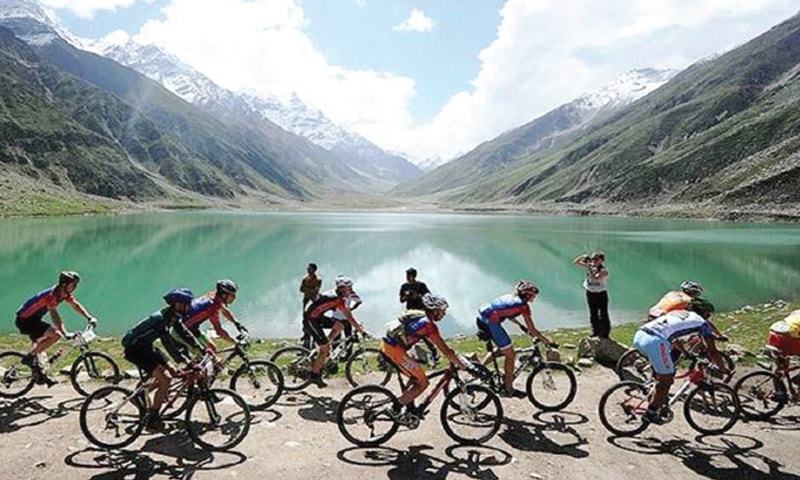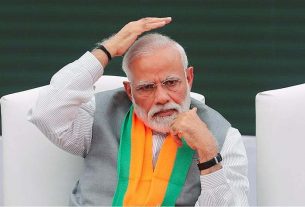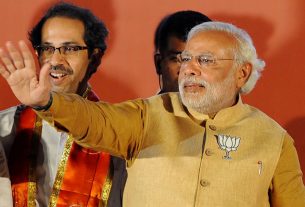PAKISTAN on Wednesday sought introduction of a single tourist visa for all member states of the Central Asia Regional Economic Cooperation (Carec) Programme as well as a unified marketing strategy for efficient and cost-effective development and promotion of interlinked tourist attractions and facilities in the bloc.
Speaking at the Carec Forum on Sustainable Tourism Development, Prime Minister’s adviser on Institutional and Governance Reforms Dr Ishrat Husain noted that all of the 11 member states had their own interests but also shared similar attractions which should be linked together’.
Participants are still flowing in for the May 1-5 annual meeting of the ADB board of governors that marks the first time a Pacific developing member country will host to provide an opportunity to discuss development issues facing Asia and Pacific. This year’s theme of the event is ‘prosperity through unity’.
Ministers, central bank governors, government officials, private sector representatives, development partners, academia, civil society and media persons will be attending the interactions.
Speaking ahead of 52nd annual meeting of the Asian Development Bank at the tourist hotspot of Fiji, Dr Husain said the global tourism trends were changing from single country tourism to a multi-country hopping tourism, with common goals and cost-effective approaches.
Giving an example, he said Samarkand, Bukhara, Kandahar, Kabul and Lahore shared religious and mountainous linkages which need to be promoted as a package to leverage each other’s strengths and advantages. There should be common private sector tour operators who overcome language barriers with common Carec interpreters to ensure hassle free and efficient tourism industry, the adviser added.
Seeks to interlink multi-country recreational and religious sites across member states
Also, members should think about a single visa common for tourists covering the entire Carec region for an extended period of time so that tourists do not have face immigration related hassles at different border points. Common marketing strategy with the involvement of private sector, similar and inter-connected border facilities, common destination bundles and awareness campaigns should be adopted by the members, he stressed, adding that modern tourism could not be expected to function effectively and efficiently without tech-enabled interconnectivity.
Dr Husain told the participants that tourism was the top priority of the new government. He said Prime Minister Imran Khan had set up a National Tourism Coordination Board that he himself leading with four provinces, Azad Jammu and Kashmir, Gilgit-Baltistan and Islamabad Capital Territory as members for a coordinated boost to this sector that had great potential to positively impact socio-economic conditions of the poor people.
The adviser highlighted that Pakistan had recently introduced a new visa regime under which group tourism visa were available to 56 countries. Under the visa policy revamp, he said Pakistan now allowed citizens of 155 countries on arrival visa while investors from many others are offered e-visa facility. He said Pakistan’s tourism landscape was changing with improvement in security situation and the number of tourists to Pakistan had gone to 3.2 million a year from just 600,000 six years ago.
He said the machinery required by tourism industry and not available at home had now been allowed at just 5 per cent import duty while 75pc tax relief was given on first year of investment in tourism. Also, import of equipment was allowed at 10pc custom duty and chartered flights were now available from all major airports to tourist attractions.
He said Pakistan possessed unclimbed peaks, 1,000 kilometres of untouched coastline, homage places like Nankana Sahib and Panja Sahib besides historic cultural heritage involving Mughals and others. The government is making a whole spectrum of integrated approach as part of economic development strategy, he stressed.
Harnessing tourism for development
The Carec Programme was established in 1997 by the Asian Development Bank (ADB) to encourage economic cooperation among countries in the Central Asian region. Member states include Afghanistan, Azerbaijan, China, Georgia, Kyrgyzstan, Kazakhstan, Mongolia, Pakistan, Tajikistan, Turkmenistan and Uzbekistan.
The Carec Programme aims to support socio-economic development in its member countries through cooperation guided by the overarching vision of “Good Neighbours, Good Partners, and Good Prospects”. Endorsed at the 16th Ministerial Conference in October 2017, the Carec 2030 strategy seeks to expand the horizons of economic cooperation in the region by better connecting people, policies and projects for shared and sustainable development.
Promoting tourism cooperation is one of the operational priorities under Carec 2030 to create and deepen socio-economic and cultural ties across countries, improve connectivity, and foster dialogue by bringing people and nations together. Tourism also generates substantial business opportunities and employment, particularly for workers at the middle to lower end of the income scale, and for women and youth.



